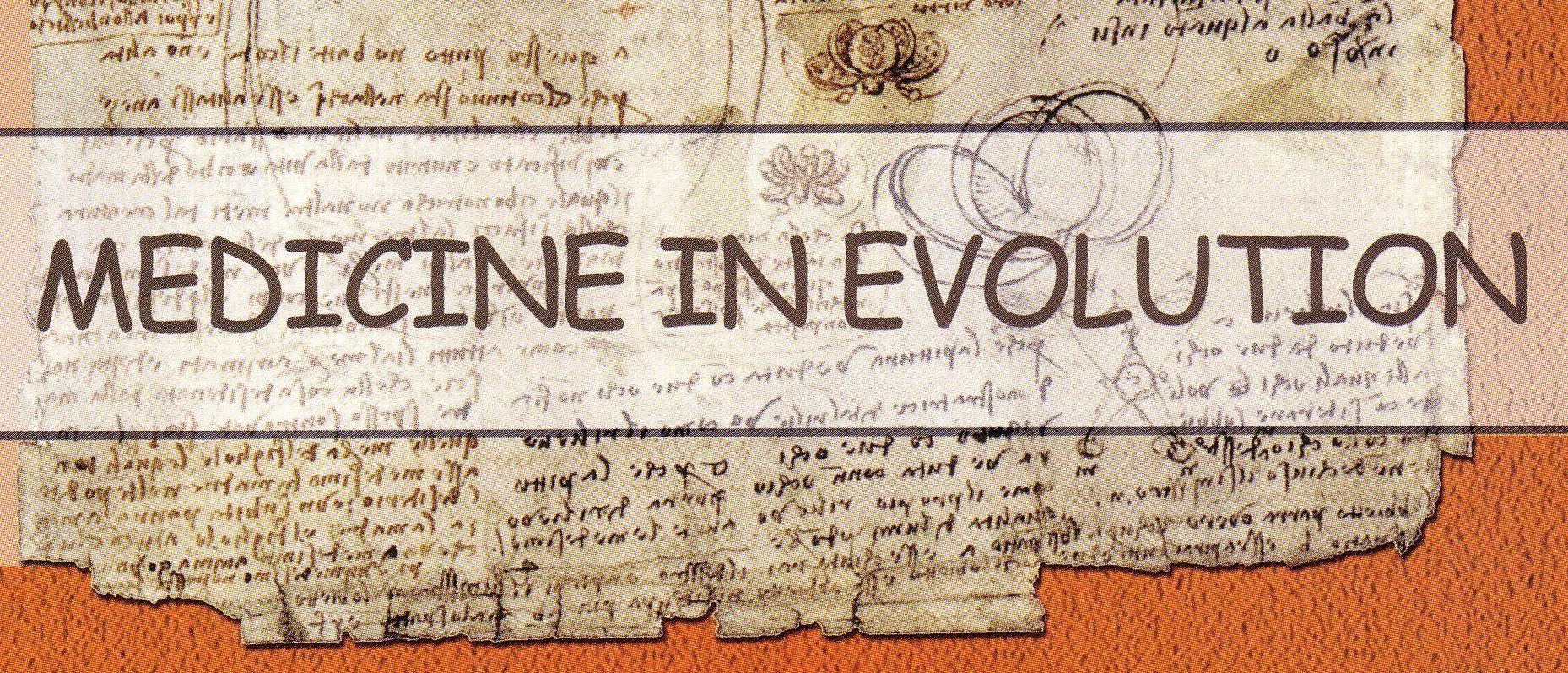|
Medicine in evolution
|
- Abstract - Aim and objectives: Red cell distribution width (RDW) is a quantitative measure of variability in the size of circulating erythrocytes determined by modern analyzers, with higher values reflecting greater heterogeneity in cell sizes. The study tries to demonstrate a link between higher levels of RDW and the risk of cardiovascular events in this case, at patients with coronary heart disease free of heart failure. Methods: We included in our retrospective study a number of 60 patients with a coronary angiography revealing significant CAD, being reported the cardiovascular events or cardiovascular death that occurred. Results: The median values of RDW were 14.6%. There have been reported 2 cardiovascular deaths and 10 patients suffered a cardiovascular event with a higher incidence in the group with RDW levels over the median value. After adjustment for other cardiovascular risk factors we used Cox proportional hazards models to examine the association between RDW and adverse clinical outcomes, RDW proving to be a strong and independent predictor of cardiovascular death (p<0.004). Conclusions: RDW routinely reported parameter, so inexpensive, is a strong predictor of cardiovascular events. Key words: coronary artery disease, secondary prevention, RDW
Webmaster: Creanga Madalina |
|---|
